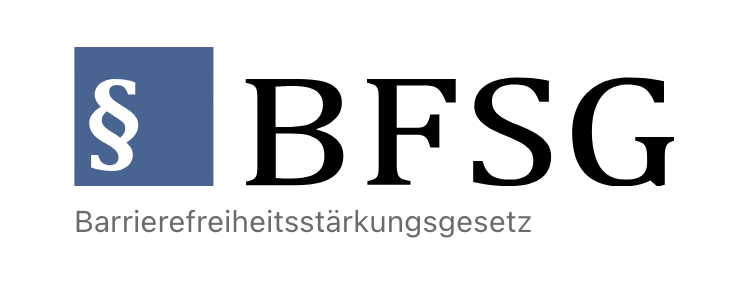On June 28, 2025, the new European Accessibility Act (EAA) comes into force in Germany through the Barrierefreiheitsstärkungsgesetz (BFSG). This law requires website and web shop operators to make their offerings accessible according to the requirements of WCAG 2.1 Level AA and the national implementation specification BFSGV.
What is the BFSG and who is affected?
The BFSG is a national law that implements the EU directive on accessibility for digital services. It applies to public bodies, companies with public responsibilities, and increasingly to private businesses with web offerings that are relevant to a large target audience.
Essential Requirements
- WCAG 2.1 Level AA: Minimum standard for contrast, keyboard control, focus indicators, text alternatives, and more.
- Semantic HTML: Use of correct structural elements (header, nav, main, section, footer).
- Skip Links: Direct navigation to main content.
- Alternative Texts: Descriptive alt texts for all images and media.
- Form Accessibility: Labels with for attribute, ARIA attributes, and accessible error messages.
- ARIA Roles: Only use supplementary for complex widgets.
- Contrast and Readability: Minimum contrast 4.5:1 (text), 3:1 (graphical components).
- Reduced Motion: Optional mode for animations (prefers-reduced-motion).
Deadlines and Sanctions
The law is binding from June 28, 2025. Non-compliance can result in warnings, fines, and reputational damage. Public bodies must conduct and document additional accessibility tests (Lighthouse, axe, screen readers).
Practical Tips for Implementation
- Audit with automated tools and manual tests.
- Fix critical issues (contrast, keyboard, alt texts).
- Document the accessibility statement on a dedicated page.
- Train editors and developers.
- Regular reviews and updates.
Conclusion
The European Accessibility Act protects user rights and expands the circle of potential customers. Those who meet the requirements early avoid cost risks, improve SEO, and strengthen their company image.
